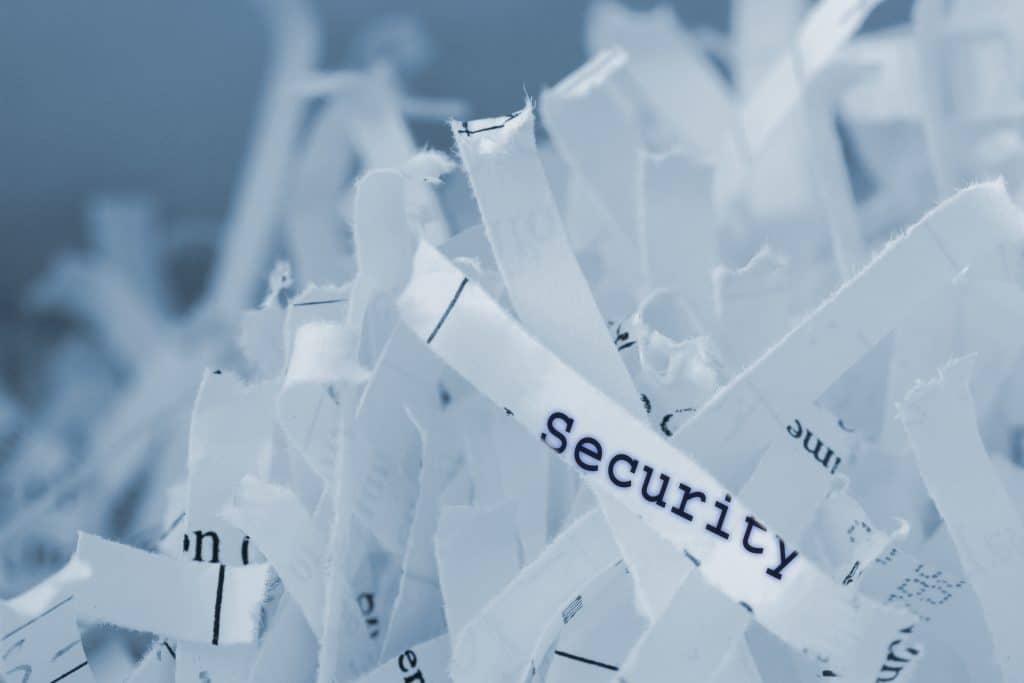After 34 years in the information destruction industry, I am finally riding off into retirement or to use a famous golf analogy, “I am on the back nine.”…..actually, I am on the 18th hole walking toward the clubhouse. I would like to take a moment to reflect on the various changes in the shredding industry (if any) and mention a few of the accepted methods used today to destroy the most common forms of media.
What’s changed: Back in the early 80’s, or as far back as I can remember, the most common acceptable methods of destroying paper was incineration or disintegration. Both methods are still in use today but incineration is less common due to environmental restrictions and inconvenience. Back in the day, high security cross cut shredders were not yet approved for top secret level paper. Disintegrators, which pulverize paper into tiny bits, was the most common destruction method with most federal government organizations and private industry companies that were tied directly to the defense industry. Disintegrators were first introduced by SEM back in the mid 60’s and due to their ruggedness & versatility, are still used today to destroy a variety of media forms.
When classified top secret paper shredders finally arrived on the scene in the early 80’s, the approved shred size was 0.8 x 11.1 mm (1/32″ × 7/16″). Events in history, including the Iranian US Embassy hostage takeover and the episode with Colonel Oliver North shredding the Iran –Contra documents in the late 80’s, created a significant public awareness on document shredding.
In the mid 80’s, it was uncommon to see the general public or non-government companies shredding sensitive documents. In October 2008, the government established a new set of guidelines requiring an even smaller (1mm x 5mm) shred size for top secret paperwork. In government circles, this is referred to level 6 / P-7 or NSA approved.

What happened to the Paperless Society ? When microfiche arrived (are you old enough to remember micro fiche?), it was common to hear people say that we have finally entered a “ paperless society”. I remember how scary it was for a young sales guy to hear that statement, especially when you are trying to make your living selling paper shredders. From a security standpoint microforms, which included mostly micro fiche and 35mm film, created somewhat of a destruction issue due to the fact that it was a reduced image material that required extreme destruction standards. Imagine that, a whole book on one sheet of film. At the time, the government destruction standard for microforms was a dust-like particle. Back then, there were very few approved microfiche shredders on the market and they could only shred very small amounts at a time. It was a tediously slow process.
What hasn’t changed: So here we are in 2014. We have our high speed super computers storing information on a variety media including: CDs/ DVDs, data tapes, hard disk drives, solid state drives and all kinds of media too long to mention that is storing sensitive information. Even though these forms of media are supposed to reduce the amount of paper, the paperless society never materialized and paper is still here in force. The way in which information is stored may have changed but what has not changed are the methods to eliminate the information. In the end, whether its paper or optical disks or data tapes or hard drives, shredding is the most accepted method to delete the data.
I will now move on to another great challenge in life for me, breaking 100 (of course, I am referring to golf). See you at the 19th hole!

